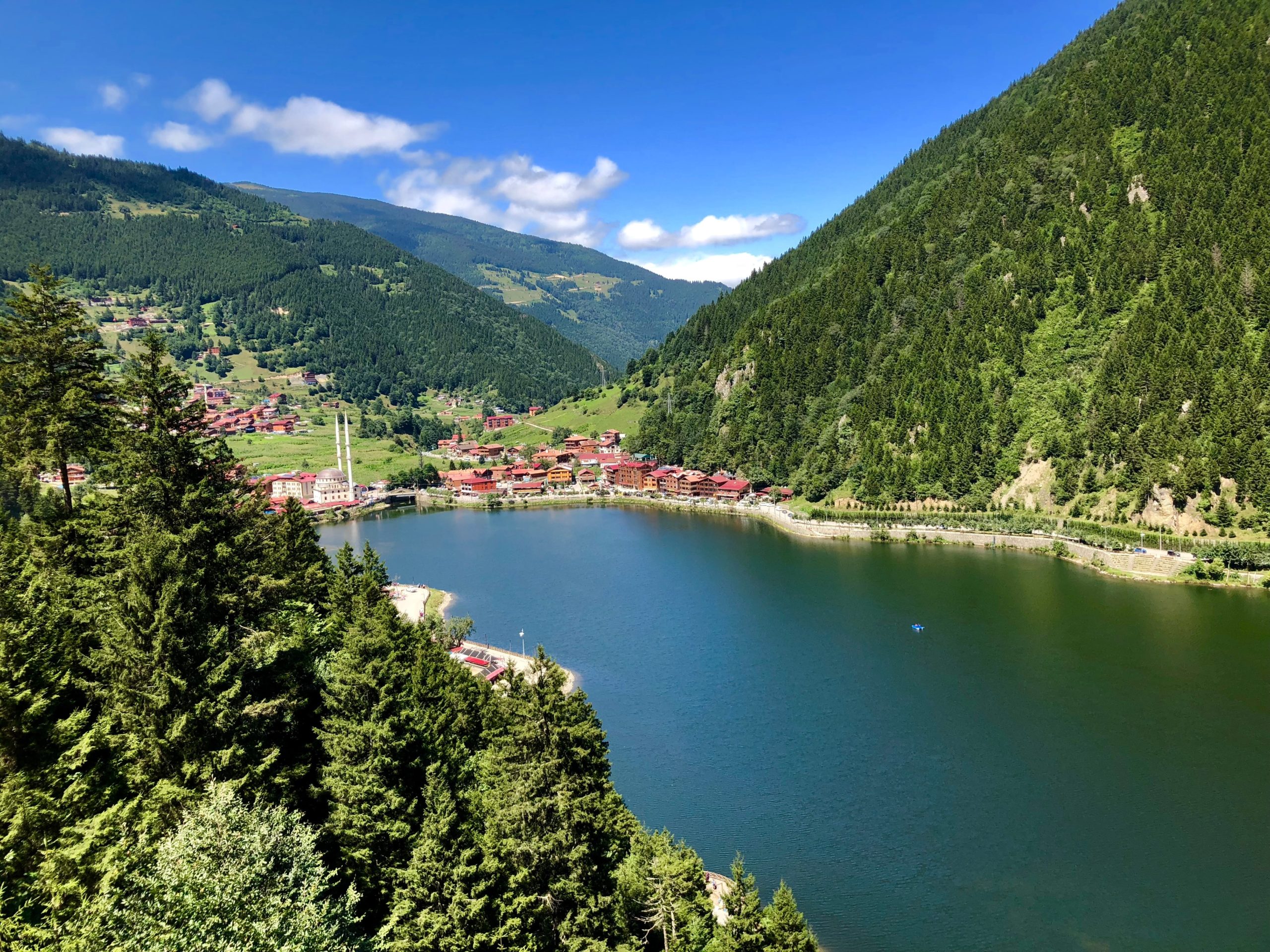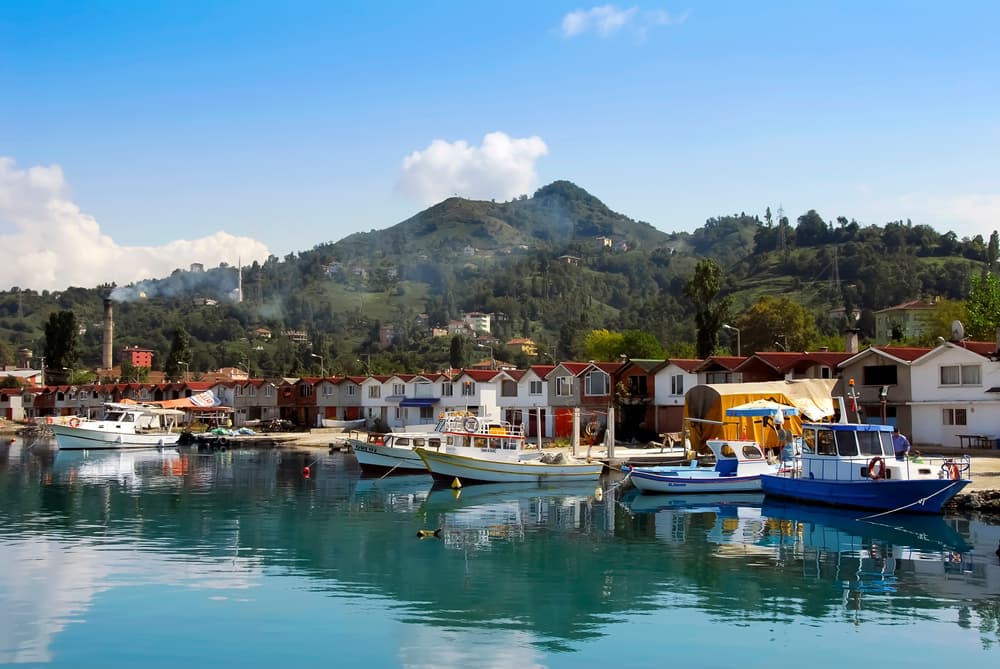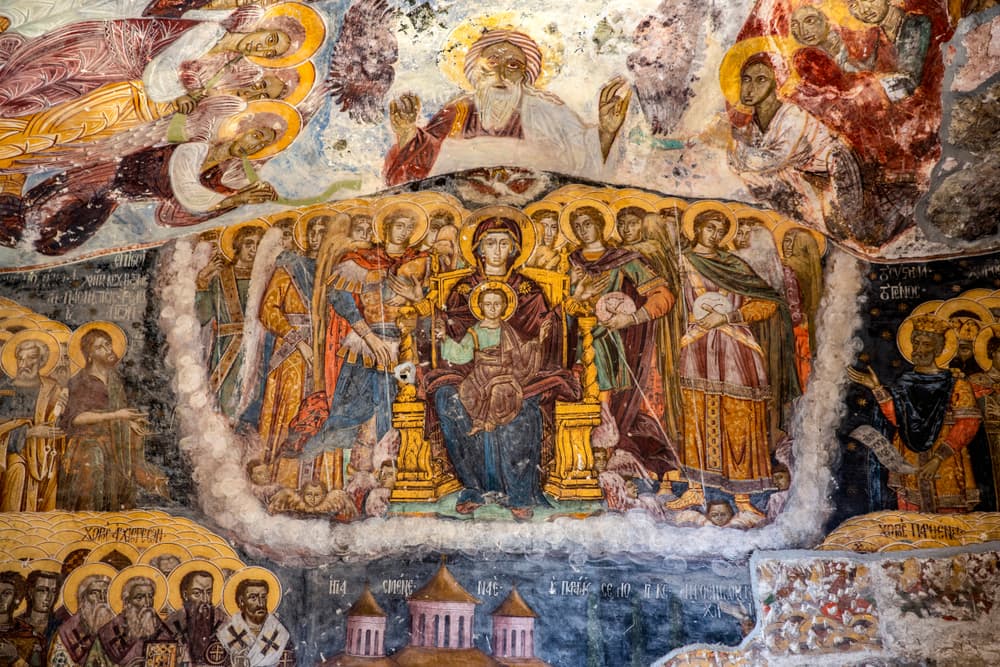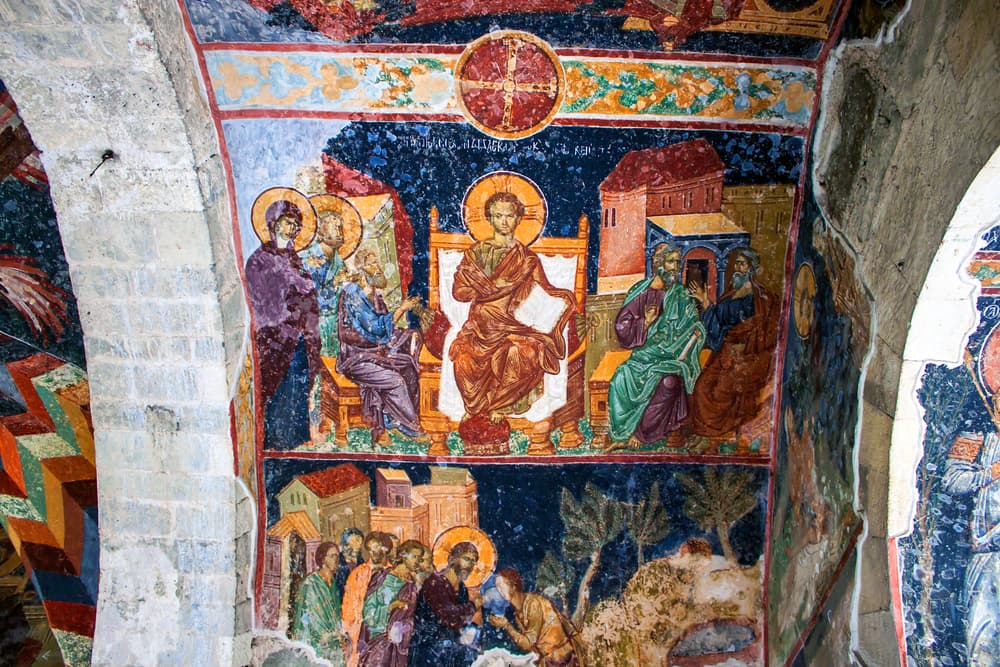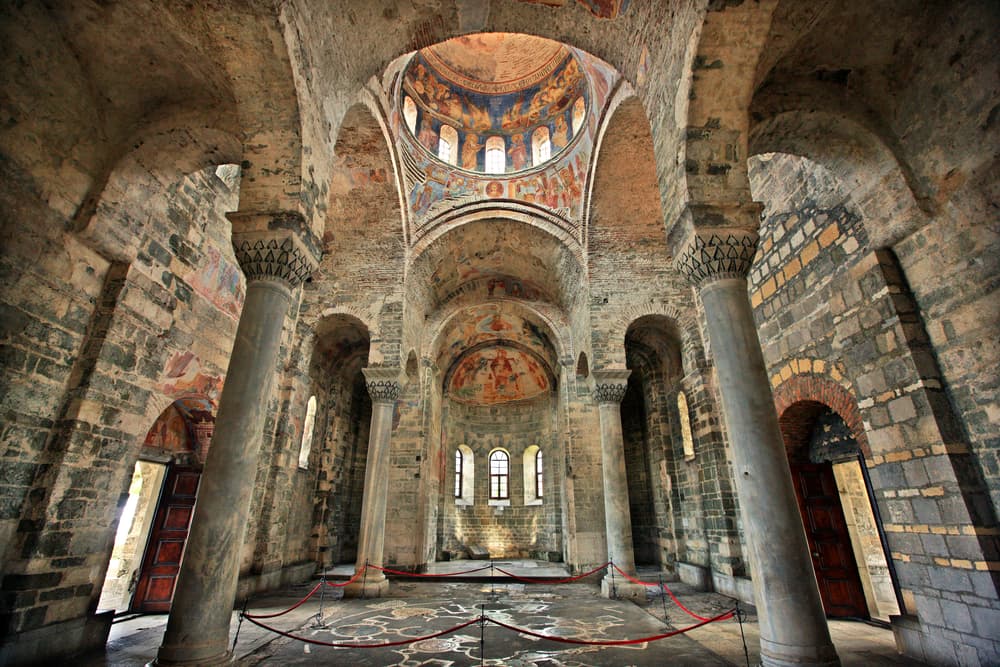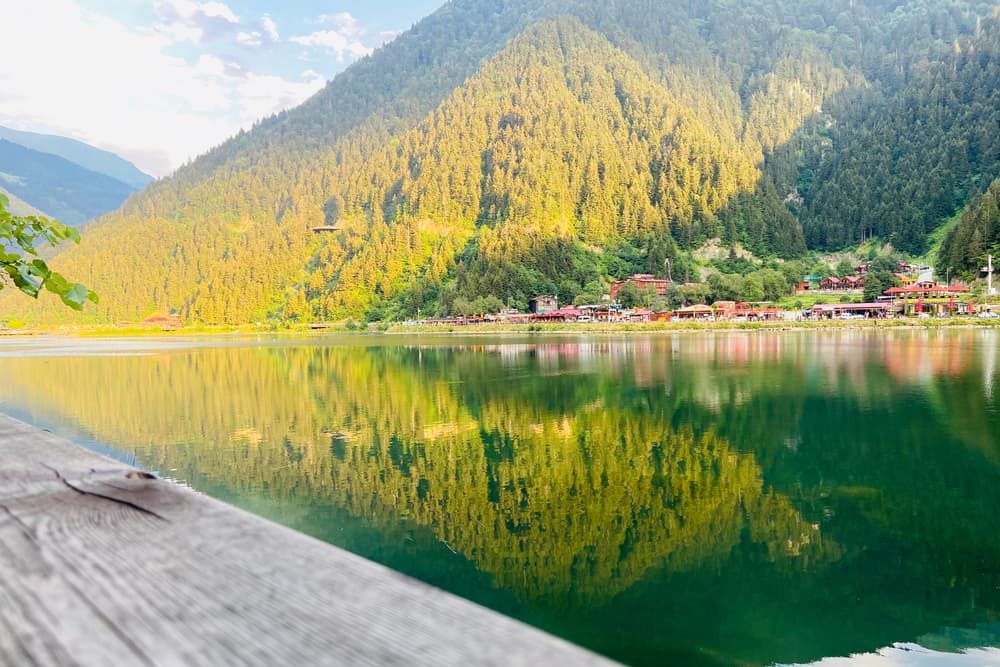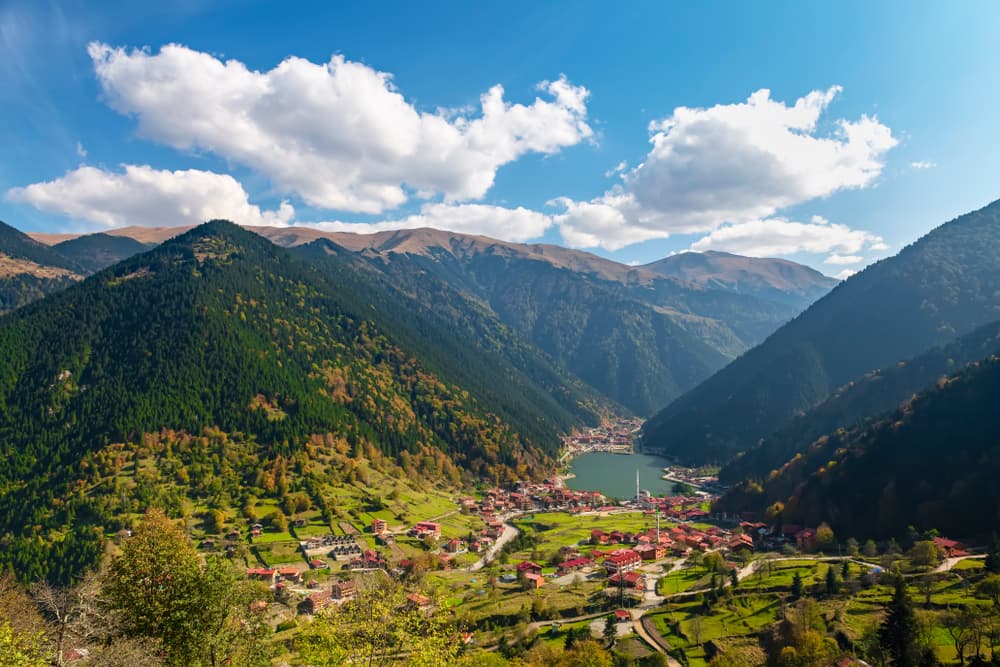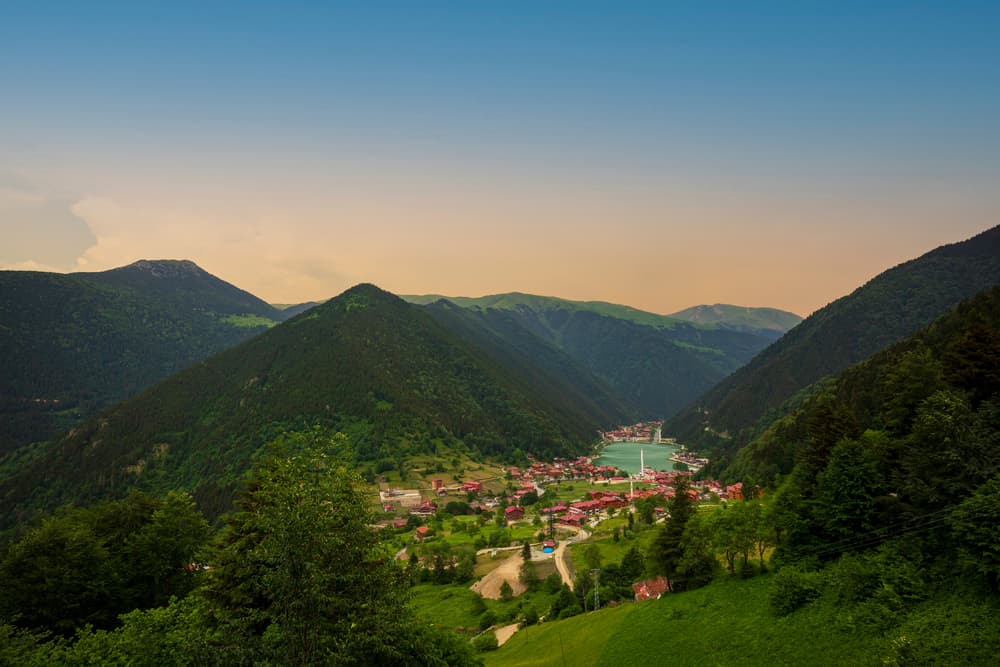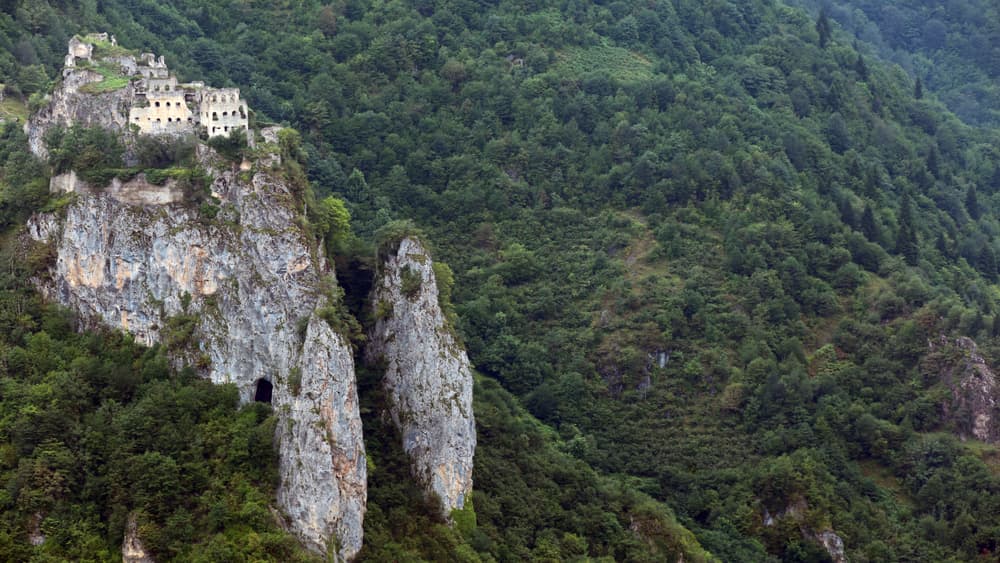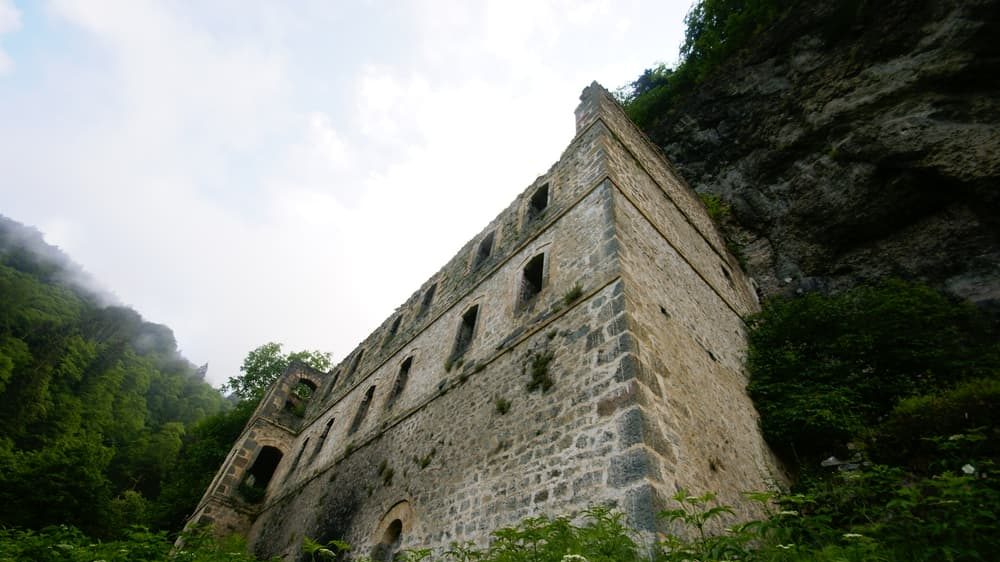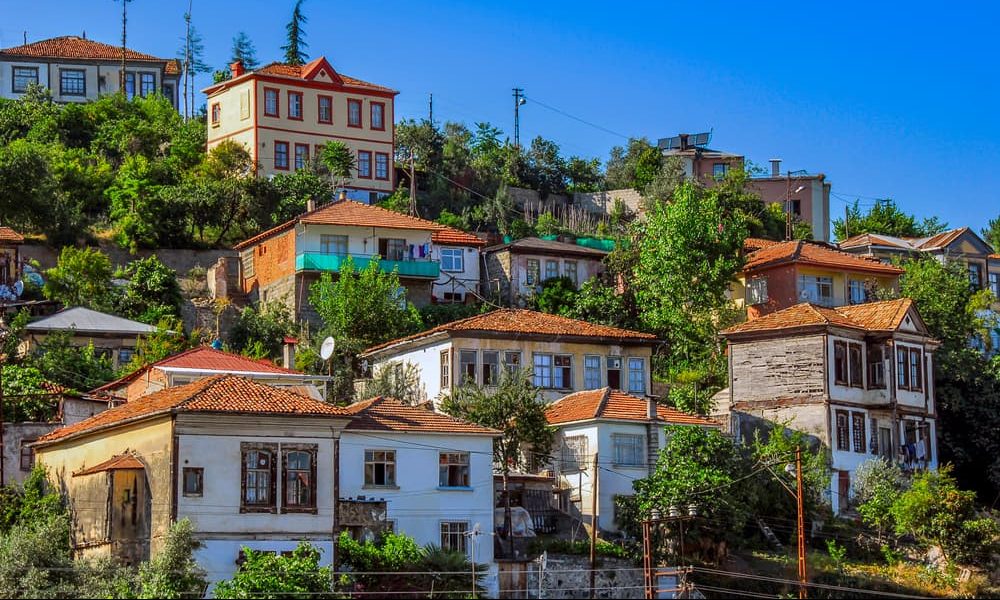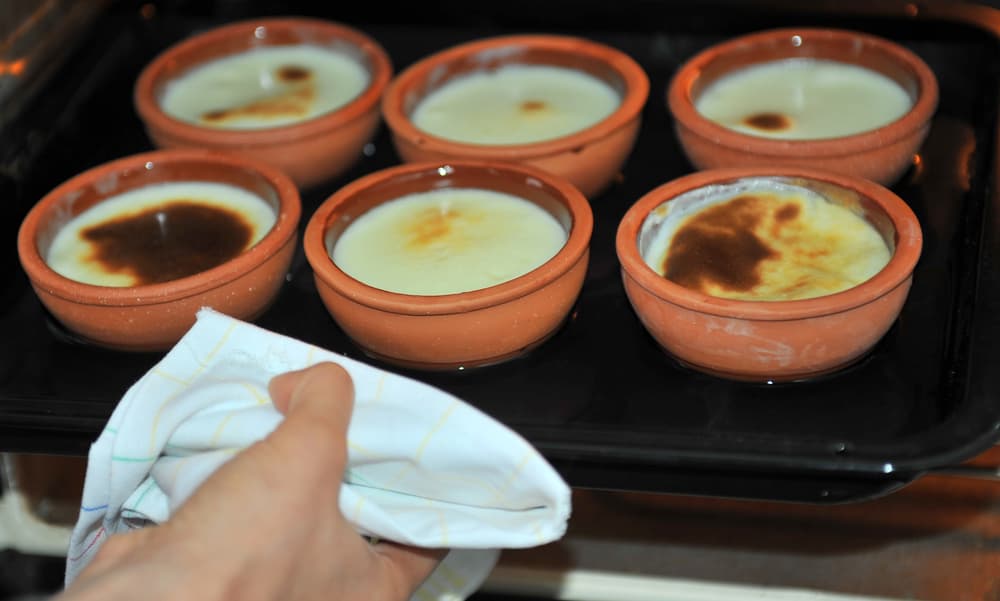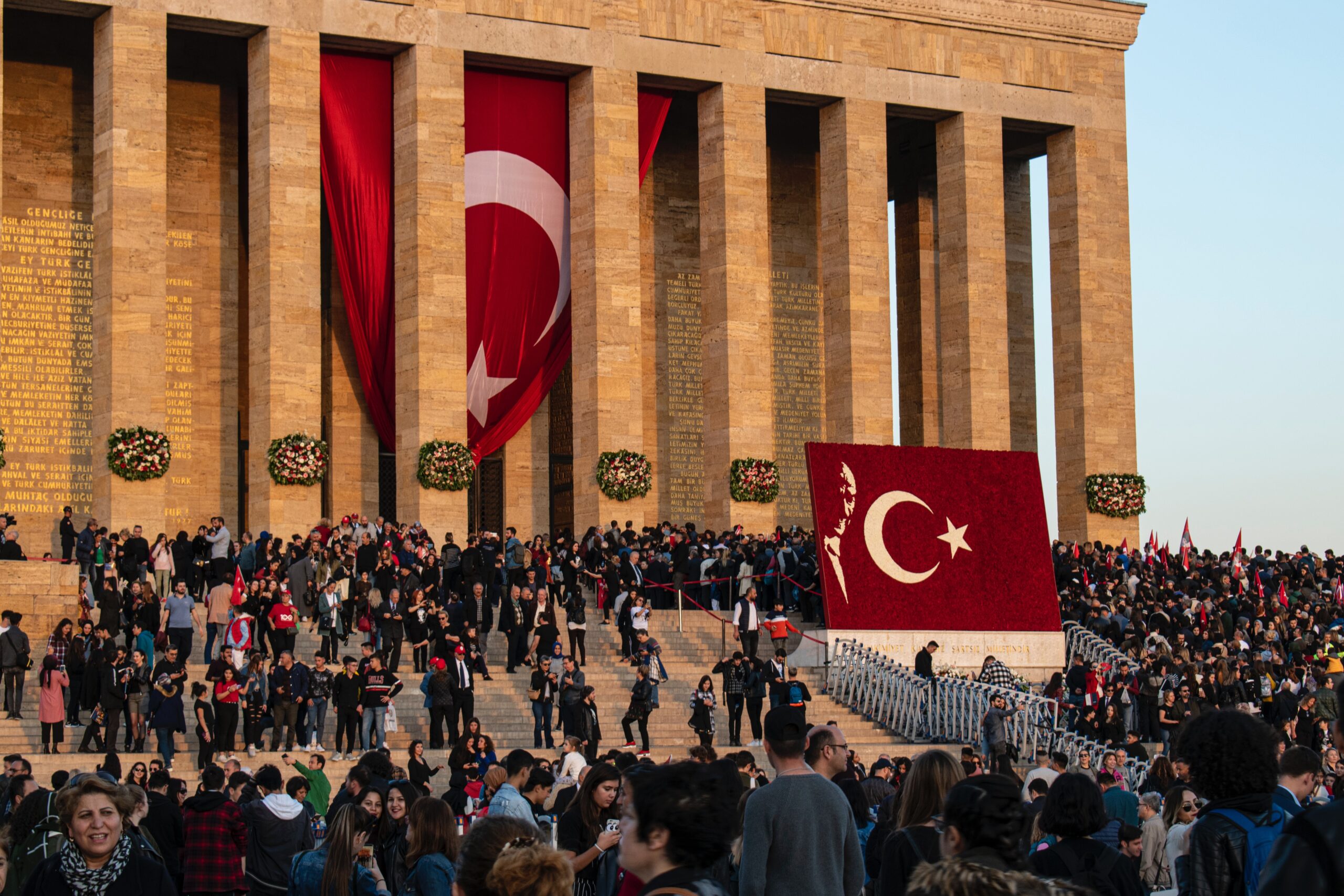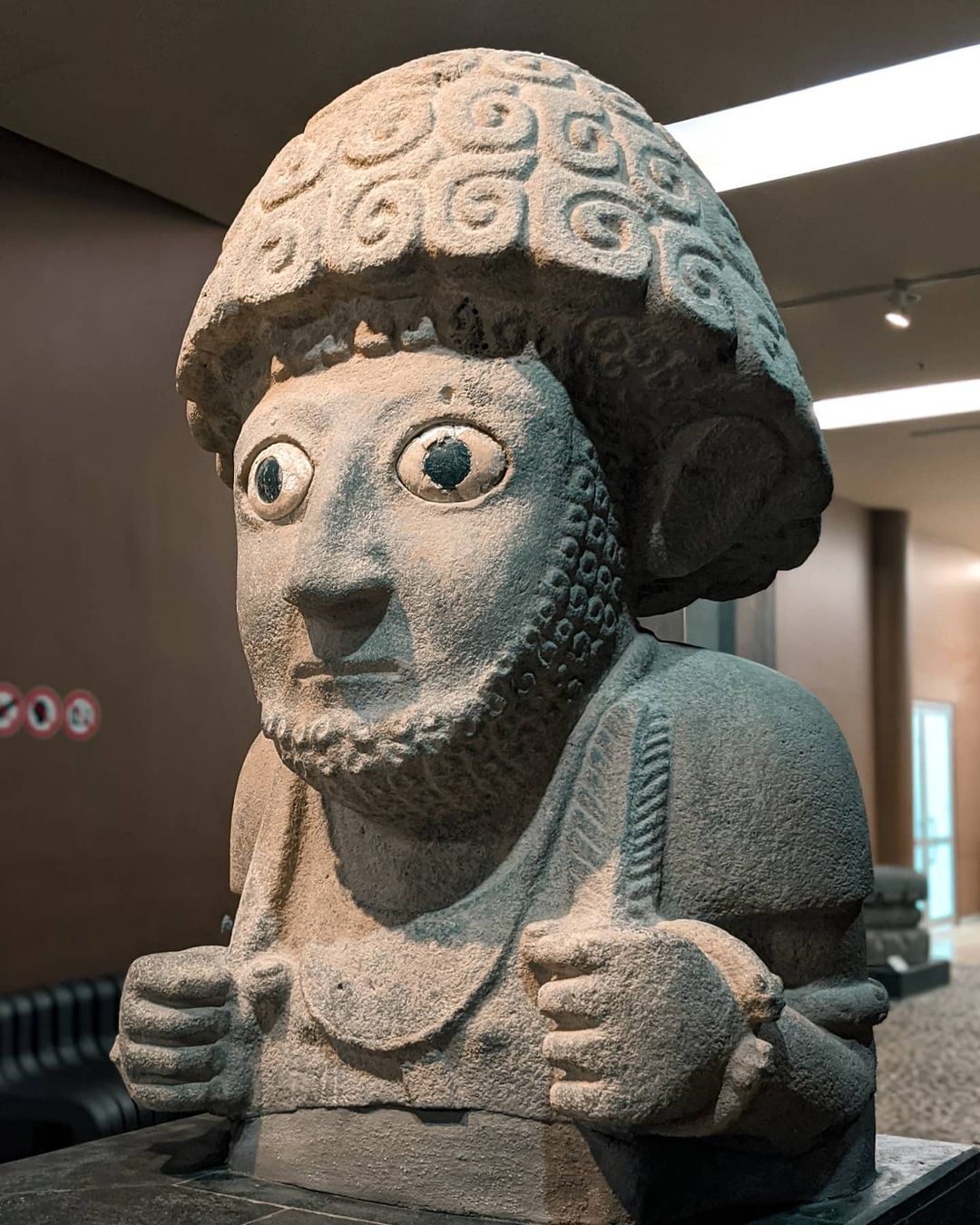Trabzon
Trabzon today is the second-largest city in the Black Sea Region of Turkey. It is located between the Black Sea coast and the Eastern Black Sea Mountains. Trabzon has hosted many civilizations in the past and Evliya Çelebi states in his Seyahatname: “If this city is called small Istanbul, it is a place. It is a decorated city like İrem vineyards.”
- Ataturk Museum Mansion
- View From Trabzon
- Tradinational Turkish Clothes
Historical and Natural Beauty
Established in the early 1200s, the Trabzon Greek Empire went into war with many different states, had good relations with some of them, and had a bloody knife with others. The Trabzon Greek Empire, which lasted for nearly 250 years, until the last Ottoman Sultan Fatih Sultan Mehmet, who heard that he had helped to gather the Crusade against the Ottomans, besieged Trabzon in 1461 and as a result, made Trabzon a province of the Ottoman Empire.
This beautiful city stretching between the Black Sea and the Zigana Mountains offers a complete cultural mosaic with its historical monasteries, mansions, mosques, and museums and of course foods. Attracting attention with its lush green plateaus and all other natural beauties, Trabzon succeeds in making all its visitors happy with its clean air and unique views.
Sumela Monastery
Although the construction date of the Sumela Monastery in Trabzon’s Maçka district is unknown. It is thought to have been built between A.D 365-395. The same night, the two priests saw Jesus and the Virgin Mary in their dreams in the place where the Sumela Monastery is located and built the monastery where they saw it. It is also known as the “Virgin Mary Monastery” among the people. It is at the top of the must-see places.
- Sumela Monastery
- Sumela Monastery
- Sumela Monastery
Hagia Sophia Museum
Another important place in terms of tourism is the Hagia Sophia Museum, which was built as a church by King Manuel I of the Komnenos Family of the Trabzon empire, between 1250 and 1260. The church, which was used as a hospital and mosque in later years, is now used as a museum.
The building, which was closed to worship for a long time, was converted into a mosque after being repaired by Greek masters with 95 million lira collected by the Muslim community in 1865, but it was used as a warehouse and military hospital by the Russian army that invaded Trabzon during World War I. The frescoes of the building, which was used as a mosque until 1960 after the war, were cleaned by the Russell Trust of Edinburgh University between 957-62, and then restored by the General Directorate of Foundations and turned into a museum in 1964.
- Hagia Sophia Museum Trabzon
- Hagia Sophia Museum Trabzon
- Hagia Sophia Museum Trabzon
Uzungol
Uzungol, one of the natural wonders in Trabzon, was formed as a result of the closure of the stream bed as a natural dam as a result of the landslide. With its dense forests and natural beauty, it is a place that is frequently visited by tourists, and at the same time, it offers the opportunity for nature lovers to make trekking and bicycle tours.
- Uzungol
- Uzungol
- Uzungol
Peristera Monastery
At least as striking as the Sumela Monastery, this monastery was built on top of a 300-meter rock mass. Peristera Monastery, in a very remarkable area and architecturally, is reminiscent of the Meteora monasteries in Greece.
Although it is a 4th century work, it has kept important strategic points along the Zigana road. Although it is called Hızır İlyas Monastery by the Turks, its full name is Ayios Yorgios ta Peristera. It saw a fire in 1906 and was renovated by Abdulhamit Han. Be one of the first to visit and discover the unknown Peristera Monastery amongst the forest scents and with the friendship of unique streams.
Vazelon Monastery
Also, the establishment date of the Vazelon Monastery in Trabzon’s Macka district is not known exactly. However, it is rumored that it was founded in A.D 270 and was dedicated to the Prophet John the Baptist in the Bible and that it was named after the mountain named Zabulon. The difference of Vazelon Monastery, which is the oldest monastery in the region, from the Sumela Monastery is that it also has caves.
St.Anna (Small Ayvasil) Church
Built in the 7th century, the church is one of the oldest surviving churches in Trabzon. St. Anna Church has a Byzantine relief and a repair inscription indicating that it was repaired in the period of Basil I in 884-885. The building is a basilica with three naves and three avpsies and there are fresco remains inside the building. The building, located in the Carsi district, was used as a milk powder and fig warehouse by the municipality after continuing its activities as a church until 1923.
- Peristera Monastery
- Vazelon Monastery
Hamsikoy Rice Pudding
Since the Hamsikoy region is located in the Trabzon Gümüshane transition zone, it varies in terms of climate and vegetation. Its vegetation is rich in flora diversity due to the climate of both the Black Sea and inland regions. Hamsikoy Rice Pudding is a local dessert produced by using milk, rice and sugar basic ingredients. The milk of the cows, which are fed from various plants due to the climate of the region, is used for milk supply, which is the basic ingredient of the dessert.
Akcabat Meatball
Akcaabat meatball is a kind of meatball made with specially grown calves and oxen of Akçaabat. In 2009, it was determined by the Turkish Patent and Trademark Office that it belongs to the Akcaabat region in Trabzon, a geographical indication was registered, and it was published in the Official Gazette on 22 July 2009. In the preparation of Akçaabat meatballs, ox and veal meats that are ground into minced meat and bread and garlic are used as ingredients.
- Akcaabat Meetball
- A view from Akcaabat Trabzon
- Hamsikoy Rice Puding
